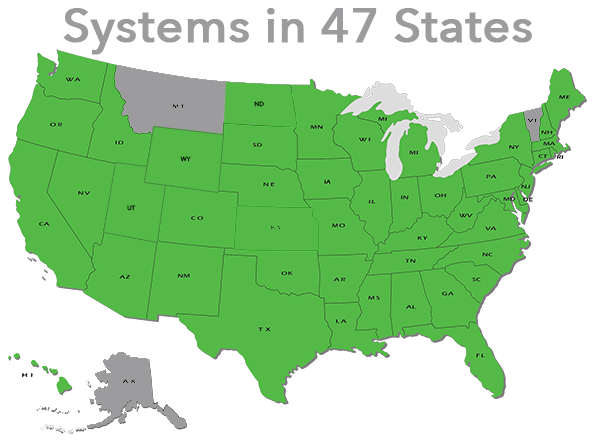How the National Labs Help Us Understand the Inner Workings of Power Plants
From discovering subatomic particles to developing protective coatings for airplanes, our National Labs are constantly making advancements in research and development. This week, the National Energy Technology Lab held an open project review meeting to show the public exactly what they’re working on right now.
Held in Pittsburgh, the meeting included presentations of 79 projects from the lab’s Crosscutting Research Program, and was the first-ever forum for sharing research in three of the lab’s main topic areas: simulation-based engineering, sensors and controls, and high-performance materials.
The lab often partners with private sector companies, universities or other National Labs to perform research. Of the 79 projects presented at the meeting, 32 were selected as part of the University and Training Research Program -- a lab initiative that consists of the University Coal Research program and Historically Black Colleges and Universities Education and Training initiative.
For example, the National Energy Technology Lab partnered with a group from Princeton University to improve our ability to predict how gases, solids and liquids behave within a power plant. Using a computational tool called MFIX, researchers simulate the flow of materials inside a plant. Watch the video above for an overview of MFIX.
This project is working to improve MFIX so that researchers can test many different, nontraditional power plant conditions -- such as various design structures -- via simulation prior to using them in an actual power plant. The ultimate goal is to operate current power plants more effectively and improve future power plant design.
Another project combined researchers from the National Energy Technology Lab and Case Western Reserve University to find new ways of using sensor information to operate power plants more efficiently. This could reduce power plant emissions and potentially extend a power plant’s useful life while providing more power.
The lab is also working on materials that are more durable and would provide more flexible power plant operations. For instance, researchers at the lab partnered with Energy Industries of Ohio to develop materials that can withstand the high temperatures and pressures inside steam boilers used within power plants.
To learn more about the National Energy Technology Lab’s crosscutting research, check out the research initiative's website.
























